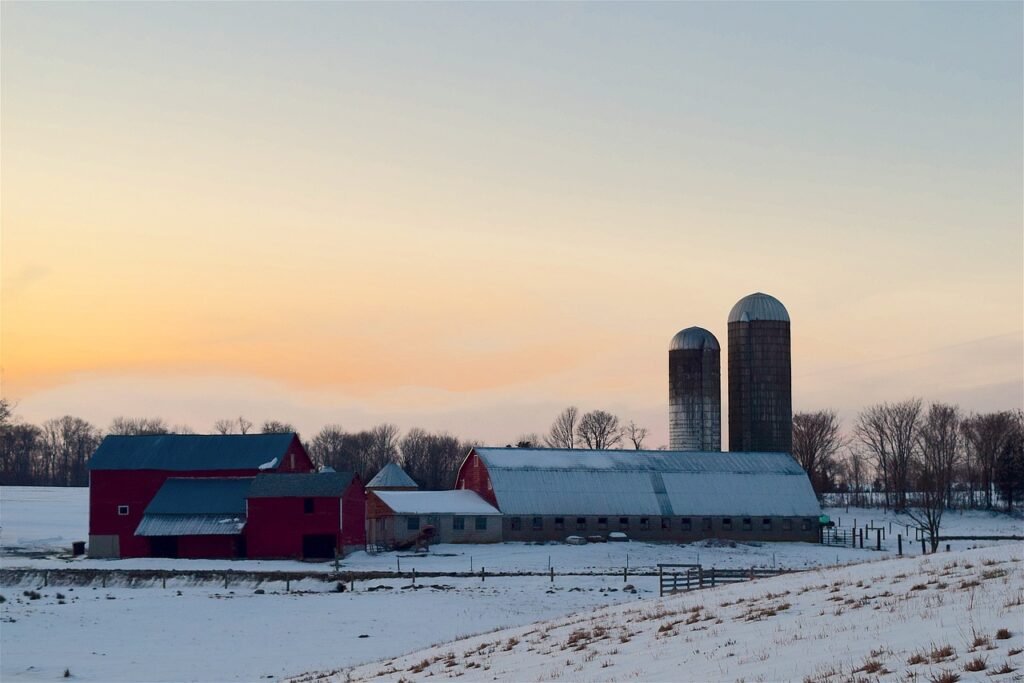Are you looking to improve the lighting in your barn? If so, we’ve got you covered. In this article, we’ll provide you with the top tips and best practices for enhancing the illumination in your barn. Whether you’re a horse owner, farmer, or simply someone who wants to optimize their barn’s lighting, this article is for you. From choosing the right light fixtures to optimizing natural light, we’ll explore various techniques that will help create a well-lit and inviting space for both humans and animals alike. So, let’s get started on creating a bright and efficient barn!

This image is property of pixabay.com.
Assessing Current Lighting
When it comes to enhancing the illumination in your barn, the first step is to assess the current lighting situation. Take the time to determine what existing lighting fixtures you have in place. This will help you understand the starting point for your lighting upgrade.
Next, evaluate the brightness levels of your current lighting. Are the fixtures providing enough light for your needs? Are there any areas in the barn that have poor lighting? Identifying areas with inadequate illumination is essential in order to address them during the upgrade process.
Consider the different work areas in your barn and the specific tasks that require more illumination. Identifying these areas will help you determine where you need to focus your efforts and choose the right lighting fixtures to meet your needs.
Choosing the Right Lighting Fixtures
When selecting lighting fixtures for your barn, there are a few key factors to consider. Opting for LED lights is a smart choice due to their energy efficiency and long lifespan. LED lights also have the advantage of producing less heat, which can be important in a barn environment.
Consider the color temperature of the fixtures. Different color temperatures can have different effects on the mood and functionality of a space. For a barn setting, a neutral or cool white color temperature is often preferred for its crisp and bright appearance.
Look for fixtures with a high color rendering index (CRI). CRI measures the ability of a light source to accurately render colors. A higher CRI means that the light will show colors more accurately, which can be important if you are working with animals or different materials in your barn.
Pay attention to the lumen output of the fixtures. Lumen output refers to the amount of visible light emitted by a light source. Choose fixtures with an appropriate lumen output to ensure the desired level of brightness in your barn.
Consider the design and installation ease of the fixtures. Look for fixtures that are durable and suitable for the barn environment. Additionally, choose fixtures that are easy to install or can be easily integrated into your existing lighting system.

This image is property of pixabay.com.
Strategic Placement of Lighting Fixtures
To maximize the effectiveness of your lighting upgrade, it is important to strategically place the fixtures throughout your barn. Start by identifying the key areas that require lighting, such as workstations or animal enclosures. This will help you determine where the fixtures should be placed for optimal illumination.
Ensure the even distribution of light by spreading out the fixtures in a way that covers the entire area. This will help minimize shadowy areas and create a well-lit environment.
Avoid shadows and glare by positioning the fixtures in a way that minimizes the formation of harsh shadows or direct glare. This can be achieved by angling the fixtures or using diffusers and reflectors to soften the light.
Consider fixtures with adjustable angles to provide targeted lighting for specific tasks or areas. This flexibility can be especially useful in a barn setting where different activities may require different levels of illumination.
Evaluate the options for lighting connectivity and automation. Investing in a lighting system that can be controlled remotely or integrated with a smart home technology can provide convenience and energy efficiency benefits.
Incorporating Natural Light Sources
Harnessing natural light is another way to enhance the illumination in your barn. Assess the placement and size of windows in your barn. Consider adding skylights or roof vents to increase the amount of natural light that enters the space.
Implement light shelves or reflectors to redirect and amplify natural light. These can help distribute natural light more evenly throughout the barn, reducing the need for artificial lighting during daylight hours.
Cover windows with translucent materials to diffuse the natural light. This can help prevent harsh glares and create a softer, more diffused lighting effect.

This image is property of pixabay.com.
Implementing Lighting Controls
Installing lighting controls is an important step in optimizing the efficiency and functionality of your barn lighting. Consider installing dimmers or brightness controls to adjust the lighting levels according to your needs. This can help create different atmospheres in the barn and save energy during periods of lower activity.
Motion sensors are another effective lighting control option. By detecting movement, these sensors can automatically turn on the lights when someone enters a space and turn them off when there is no activity, resulting in energy savings.
Explore timed lighting systems that can be programmed to turn on and off at specific times. This can be particularly useful for barns that have consistent daily routines or operate on set schedules.
Integrate your lighting controls with smart home technology if possible. This can allow you to control and automate your barn lighting from a central system or remotely through mobile apps, providing convenience and flexibility.
Regular Maintenance and Cleaning
Maintaining your lighting system is crucial to ensure its longevity and optimal performance. Develop a maintenance schedule to regularly inspect and maintain your fixtures and bulbs. This can help identify any issues early on and prevent potential problems.
Replace faulty fixtures and bulbs promptly to avoid disruptions in your barn’s lighting. Regularly check for corrosion or wiring issues that could affect the functionality and safety of your lighting system.
Clean fixtures and lenses regularly to remove dust and debris that can accumulate over time. This will help maintain the brightness and effectiveness of your lighting.
Enhancing Safety and Security
Creating a safe and secure environment in your barn is essential. Implement emergency lighting systems to ensure that there is adequate illumination in case of power outages or other emergencies.
Ensure proper grounding and electrical safety measures are in place to minimize the risk of electrical accidents or fires. Regularly inspect and maintain the electrical components of your lighting system to ensure their integrity.
Consider adding security lighting to deter potential intruders and protect your barn. Motion-activated lights or strategically placed floodlights can help enhance the security of your property.
Evaluate options for remote monitoring or CCTV integration to further enhance the security of your barn. This can provide you with the ability to monitor and record any suspicious activities in and around your barn.
Energy Efficiency Principles
Improving the energy efficiency of your barn’s lighting can result in significant cost savings and environmental benefits. Consider energy-efficient lighting options such as LED lights, which consume less energy compared to traditional lighting sources.
Implement lighting controls such as dimmers, motion sensors, and timed systems to reduce unnecessary energy consumption. These controls can help ensure that lights are only turned on when needed and at the appropriate level of brightness.
Evaluate opportunities for renewable energy sources such as solar power to supplement or even replace your barn’s lighting needs. Solar panels can generate clean and renewable energy, reducing your reliance on the grid and decreasing your carbon footprint.
Regularly assess your energy usage and make necessary adjustments to further optimize efficiency. Identify areas of improvement and implement changes to reduce energy waste and increase overall energy savings.
Compliance with Regulations
It is important to adhere to local building codes and lighting regulations when upgrading your barn’s illumination. Research the specific regulations in your area to ensure compliance with electrical safety standards and other requirements.
Consider any environmental regulations or restrictions that may apply to your barn lighting project. This can include restrictions on light pollution or the use of certain lighting technologies.
By complying with regulations, you not only ensure the safety and functionality of your lighting system but also avoid any potential fines or penalties that may result from non-compliance.
Seeking Professional Advice
If you are unsure about the best approach to enhancing the illumination in your barn, don’t hesitate to seek professional advice. Consult with lighting designers or specialists who have expertise in barn lighting. They can provide valuable insights and recommendations tailored to your specific needs.
Engage with electricians or lighting contractors who have experience in barn lighting installations. They can help ensure that your lighting upgrade is done safely and efficiently.
Consider professional energy audits for optimization. Energy auditors can assess your barn’s lighting system and provide detailed recommendations for improving energy efficiency and reducing costs.
With the help of professionals, you can confidently navigate the process of upgrading your barn lighting and create a well-illuminated, functional, and energy-efficient space.



